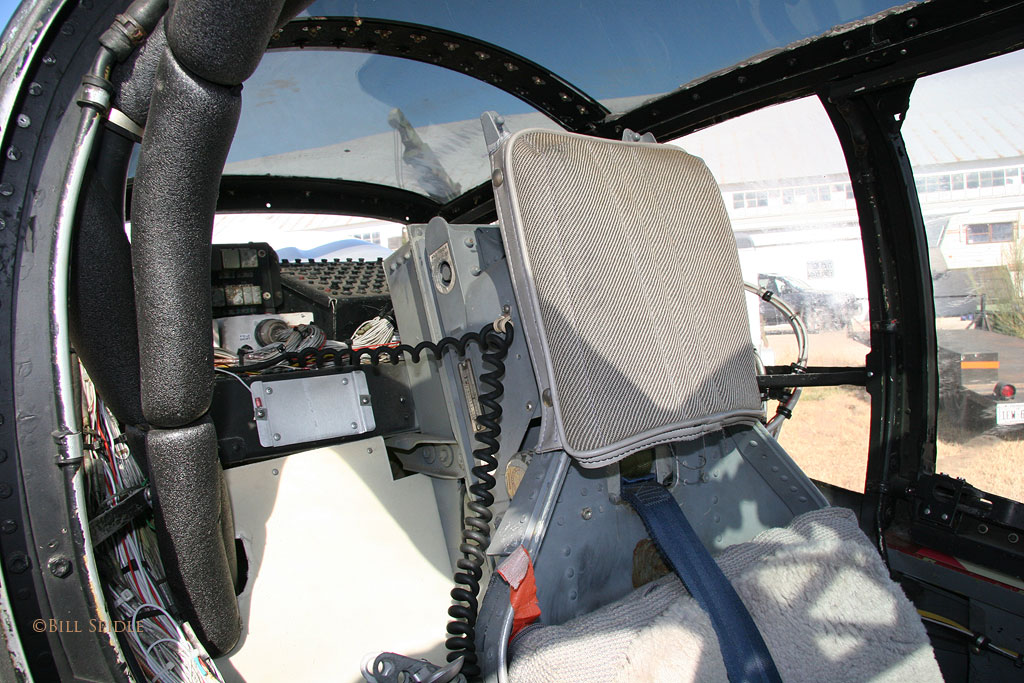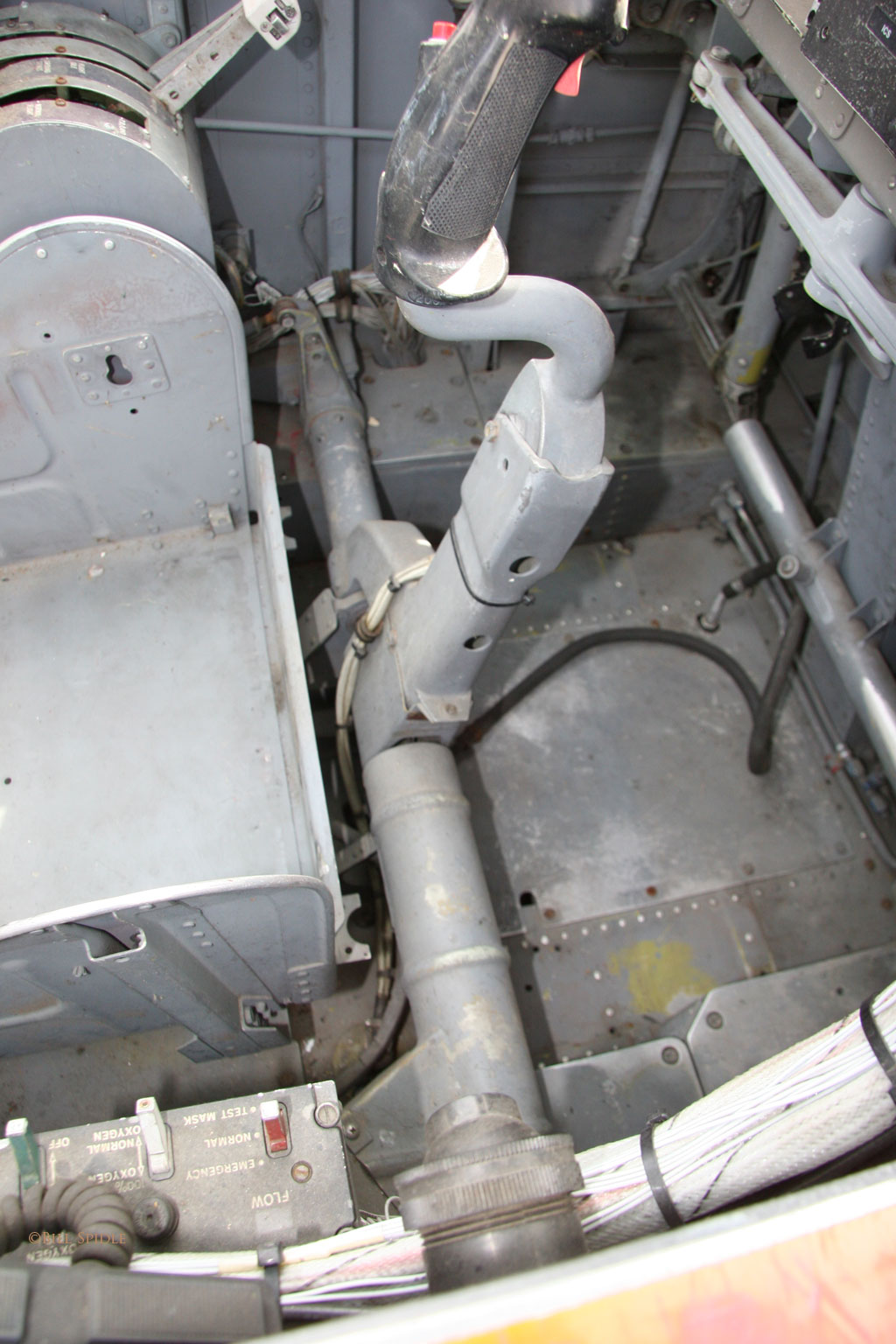

Although the A-10 was first assigned to a military unit in March 1976, its first combat use would be in 1991 as part of the Gulf War. After intensive testing of both prototypes, the YA-10A was declared the winning design and was ordered into production in January 1973.Īfter the USAF received its first production version of the A-10 in November 1975, the aircraft received its official name "Thunderbolt II" in April 1978 in honour of the WWII-era P-47 fighter-bomber also built by Republic. Of six aircraft manufacturers who submitted design proposals, the two from Northrop and Fairchild Republic were chosen for further development, resulting in two prototypes: the YA-9A and YA-10A, respectively. In May 1970, the first requirements were issued, including the need to design the aircraft around a new 30 mm rotary cannon.

Furthermore, new aircraft such as the very successful F-4 Phantom II proved to be too expensive for strike mission operations.Īs a result, in September 1966 the USAF ordered the development and procurement of a dedicated new close air support aircraft, resulting in the A-X program being launched shortly afterwards. service at the time, was considered vastly outdated. By the start of the Vietnam War however, the A-1 Skyraider, being the most widely used strike aircraft in U.S. Very low top speed, making it an easy target both from the ground and in the skyĪfter WWII, American aircraft designers shifted focus toward developing tactical aircraft capable of delivering nuclear weapons while conventional strike aircraft fell out of favor with the new American military doctrine.Extremely large amount of countermeasures.Access to up to four 2,000 lb GBU-8 bombs.Access to up to two 20 mm GAU-4 Vulcan Gunpods.


High number and variety of suspended weapons.Airframe can take a considerable amount of damage.Retains manoeuvrability with a heavy payload.You can score some kills with the GAU-8 cannon but you are outclassed at that BR because of its poor flight performance in air-to-air combat. However, it struggles because of its very low top speed: any jet can easily outrun it. It has two all-aspect AIM-9Ls which can pull 30G, at this BR this is almost two guaranteed kills. In air battles, the A-10A is way less potent but still decent. However, you do not want any enemy aircraft to get the first shot on you, so keep an eye out for enemy aircraft. The A-10 has a good turn rate so, if attacked, swing around and fire a missile. Remember that even though the A-10 is a ground attack fighter, it is still equipped with AIM-9L AAMs. Because of the GAU-8's high penetration and extremely high rate of fire, the rounds will manage to go through any tank, even the heaviest armoured MBTs. You can then use the ballistic computer for the GAU-8 and fire at any ground target. When firing Mavericks, attempt to target enemy SPAAs that have not left spawn before targeting enemy MBTs. AGM-65A Maverick AGMs are effective from up to 8 km, but from that distance any locked enemy has time to move behind cover before the missile impacts. When trying to escape enemy fire after an attack run, preemptively dump chaff and flares in groups of at least four, and bank hard left and right until out of immediate range. After one pass, enemy SPAAs will know that there is an A-10, and be more alert. When attacking, use intel from friendly ground forces to make precision strikes, then retreat after a single pass. This allows pilots to stay below SPAA radar and lines of fire. In a high-risk environment, where there are enemy SPAAs, stay low and (relatively) fast. When performing an attack run, start at a higher altitude, drop ordnance and fire the Avenger then escape for another attack run. A low-risk situation is when there are no enemy SPAAs or fighters. There are two methods for ground attack, and the tactic used is dictated by the type of threats on the ground. The A-10A is extremely effective in ground battles as long as it is used the right way. Maximum permissible weight imbalance: 1,000 kg The A-10A is a very slow plane at its BR but it retains good manoeuvrability, even when carrying a large payload.


 0 kommentar(er)
0 kommentar(er)
